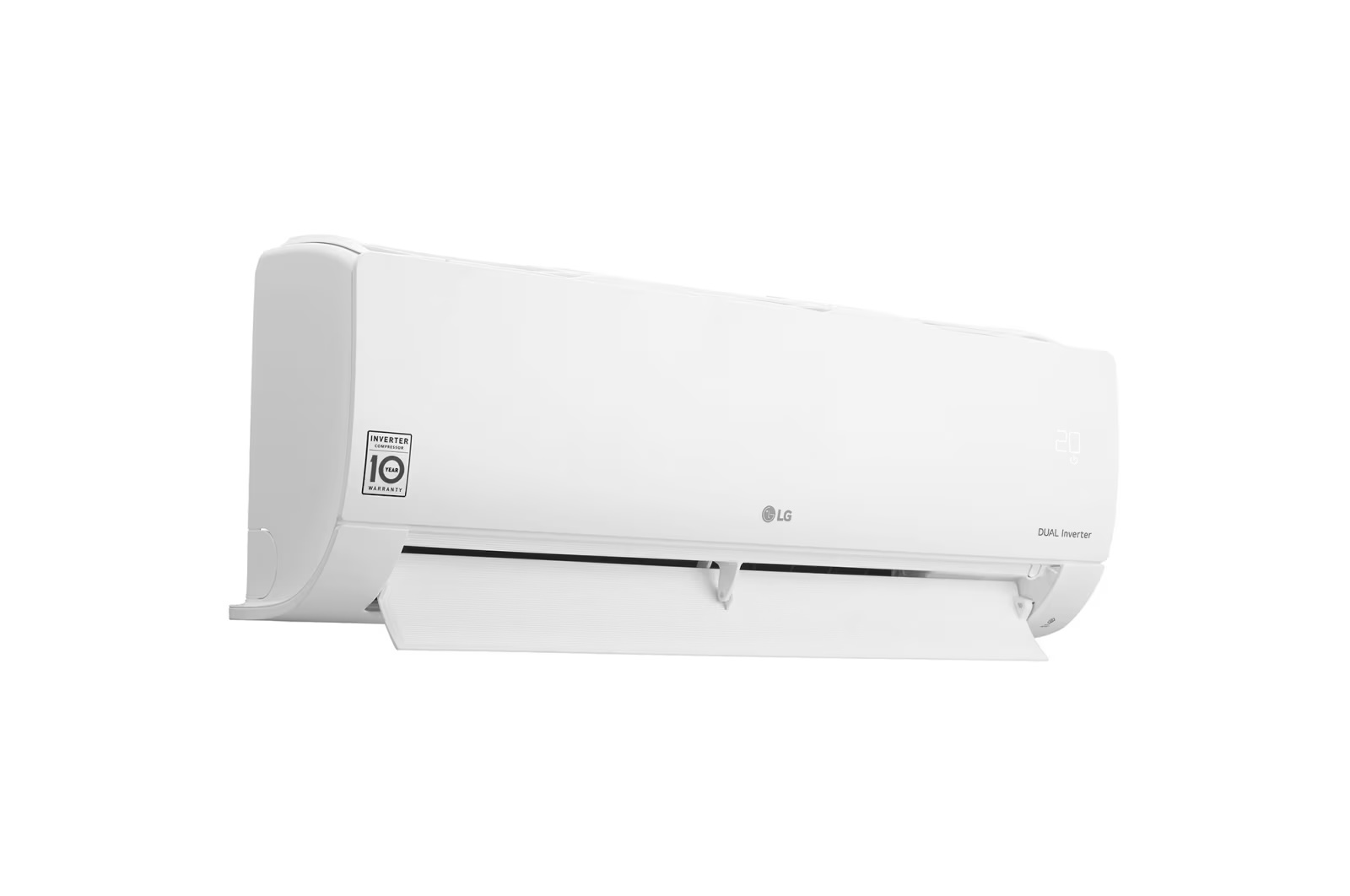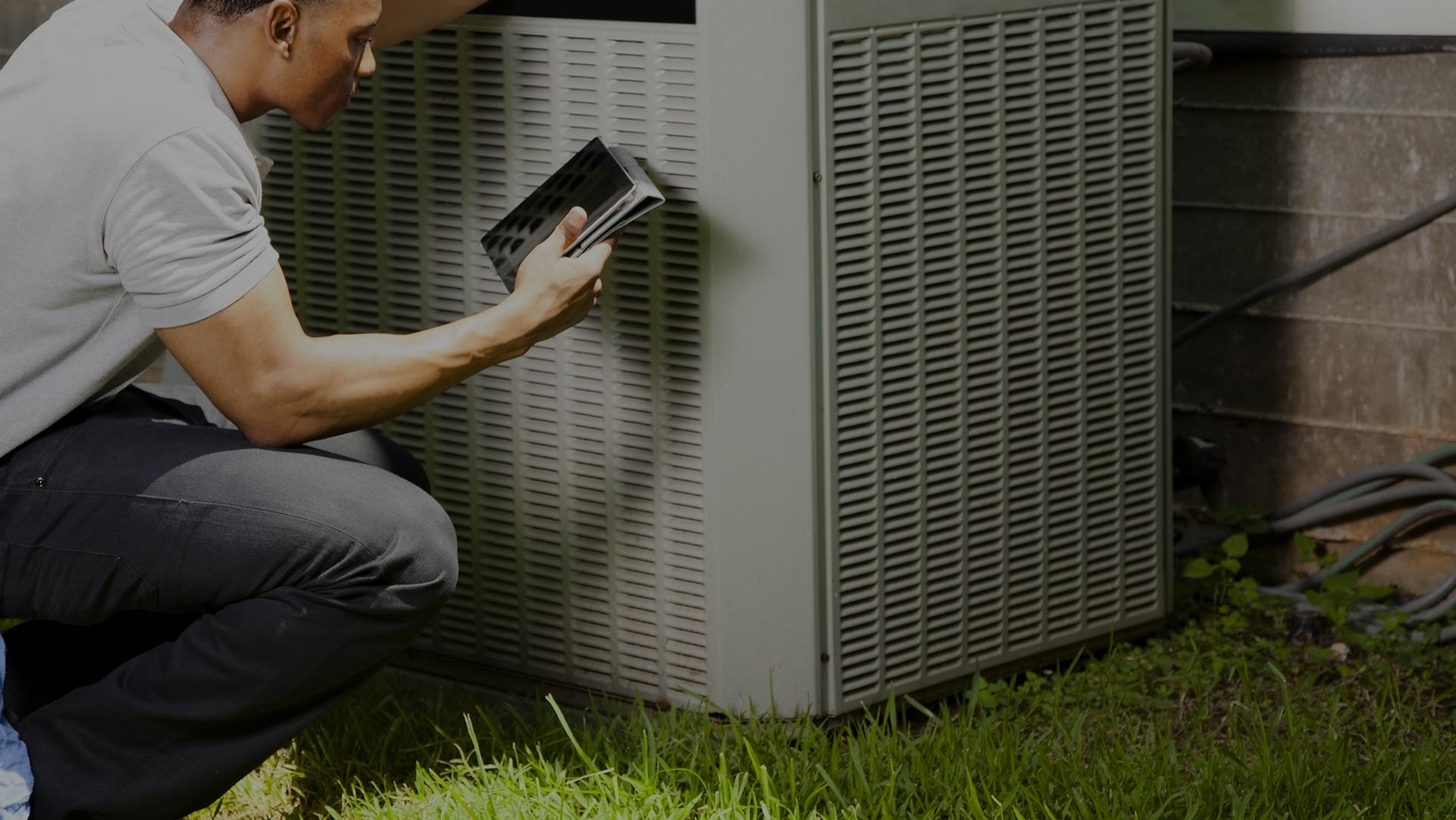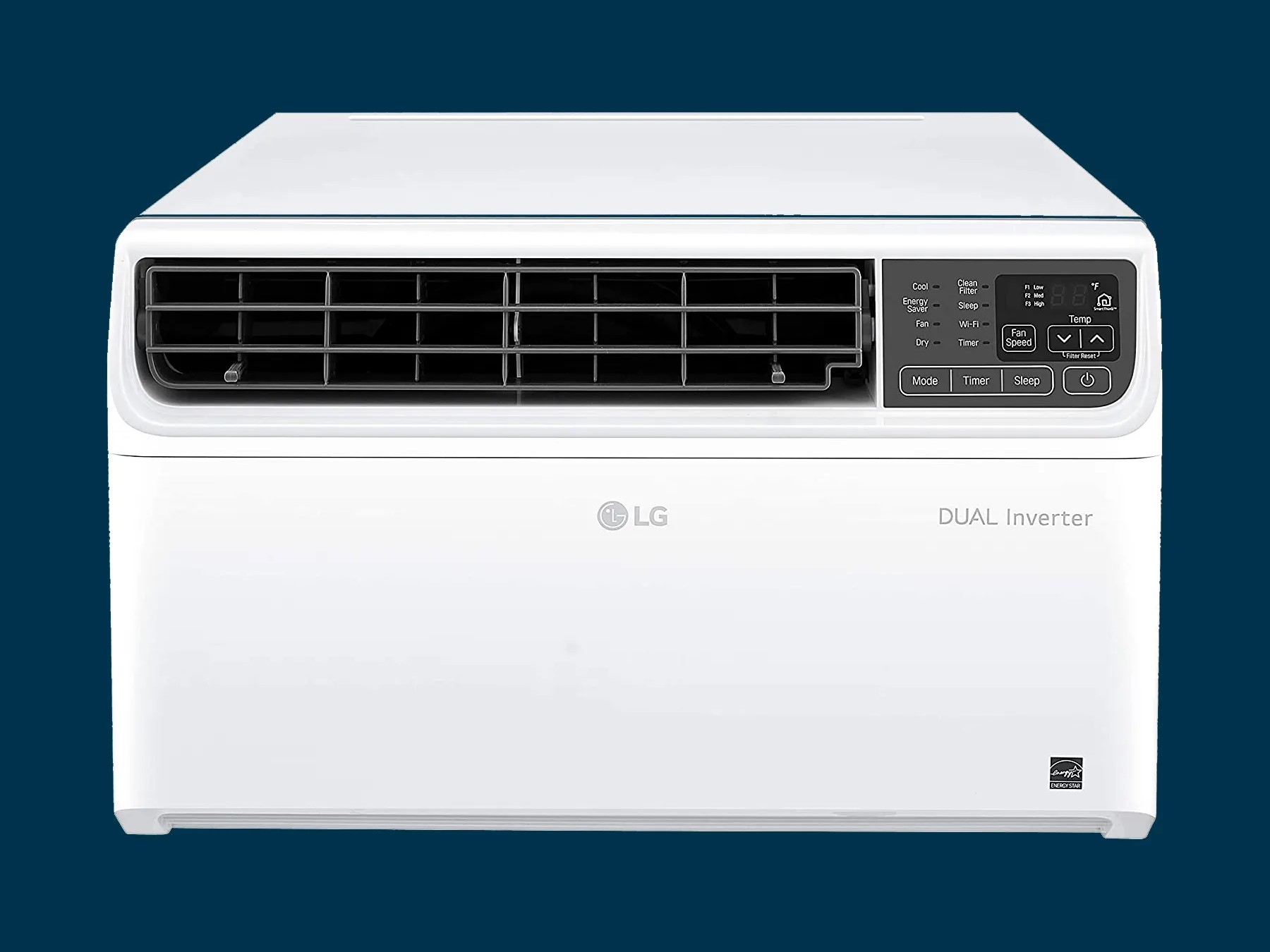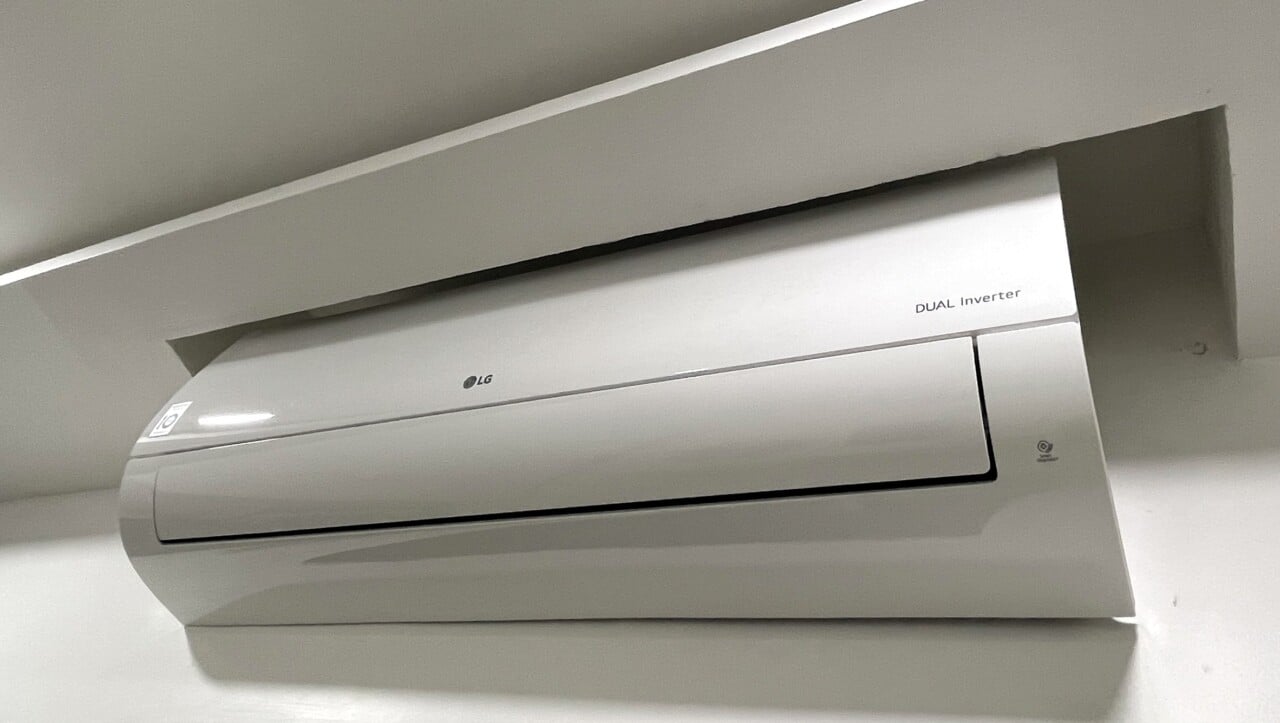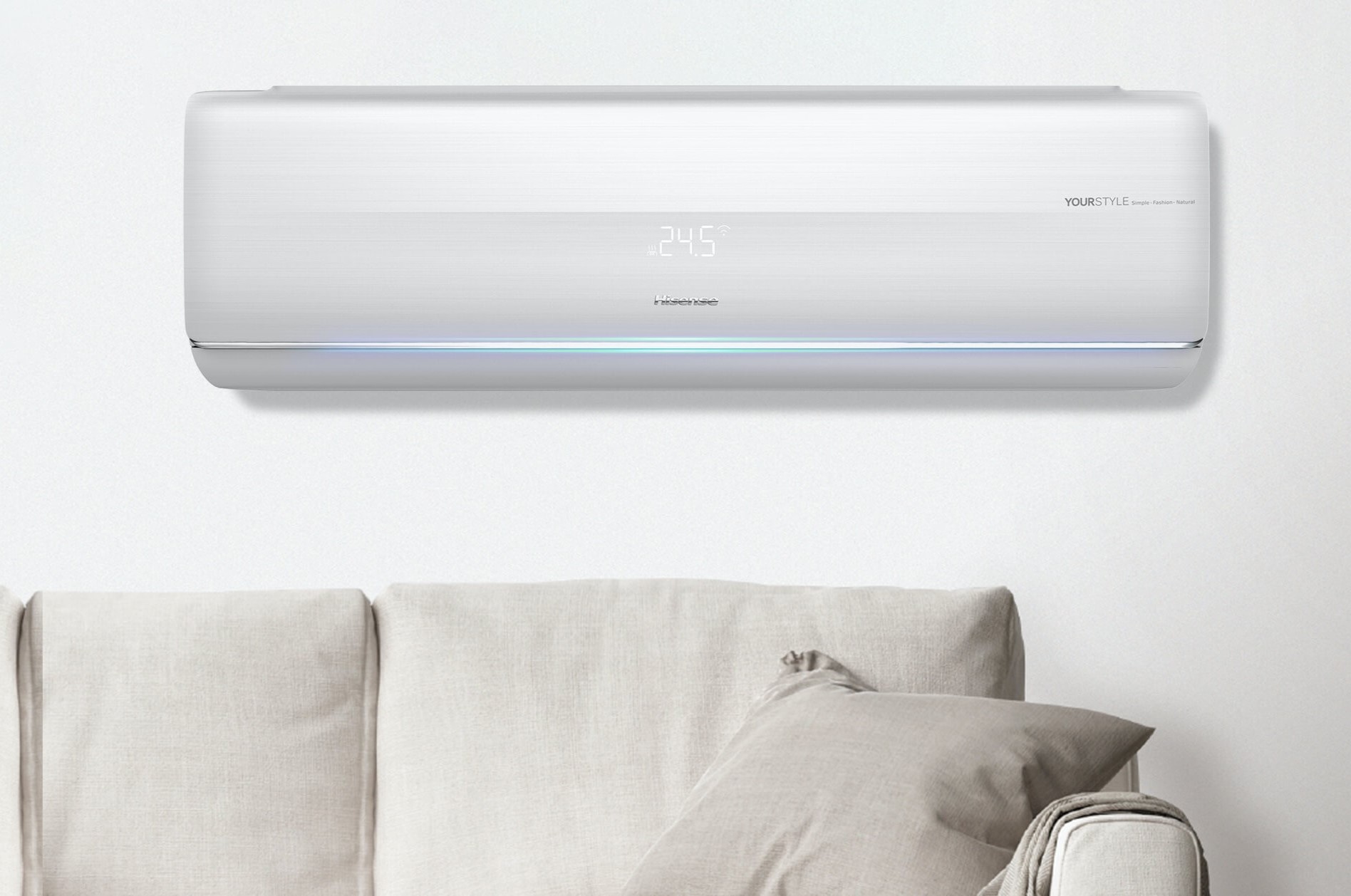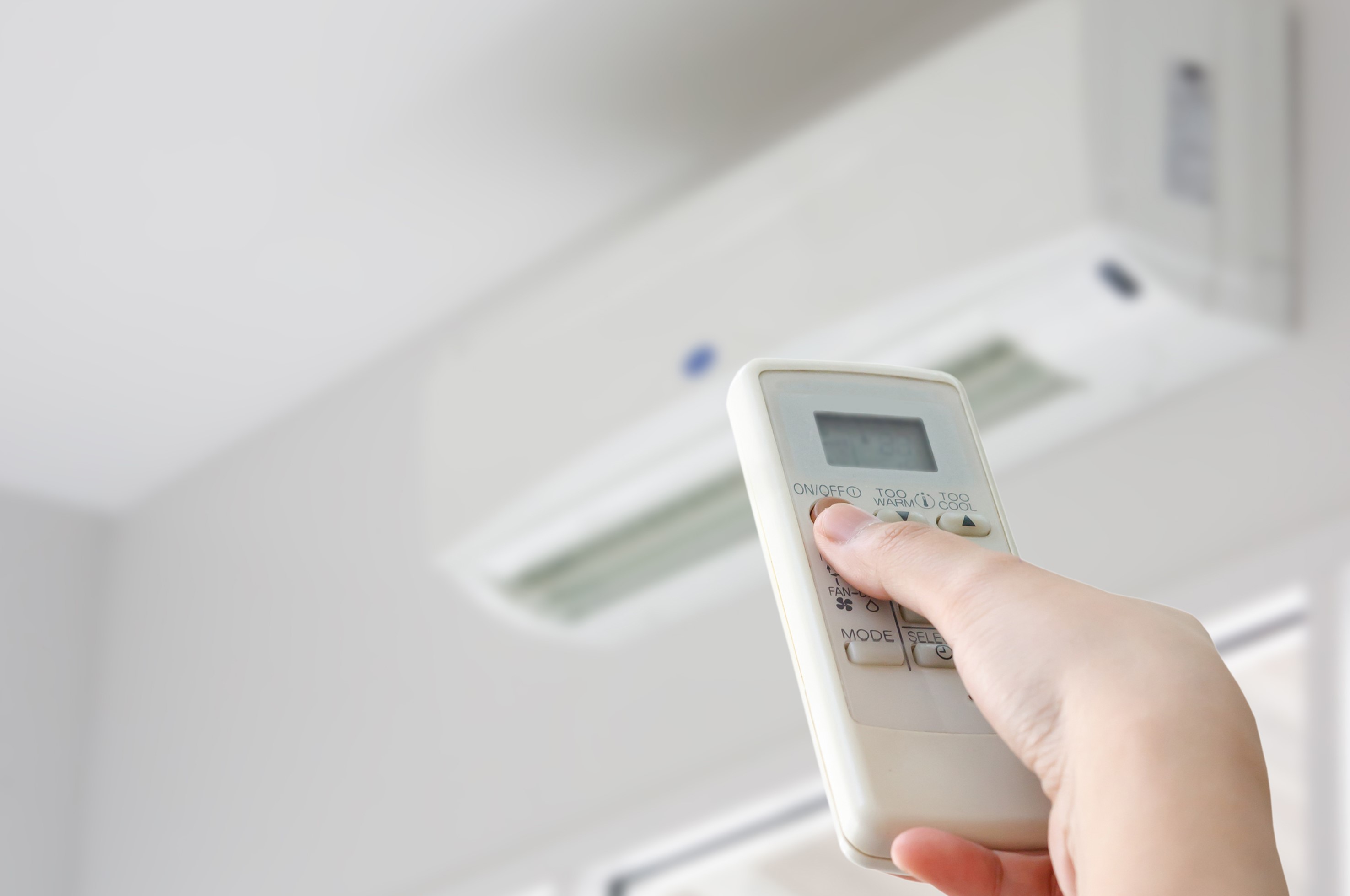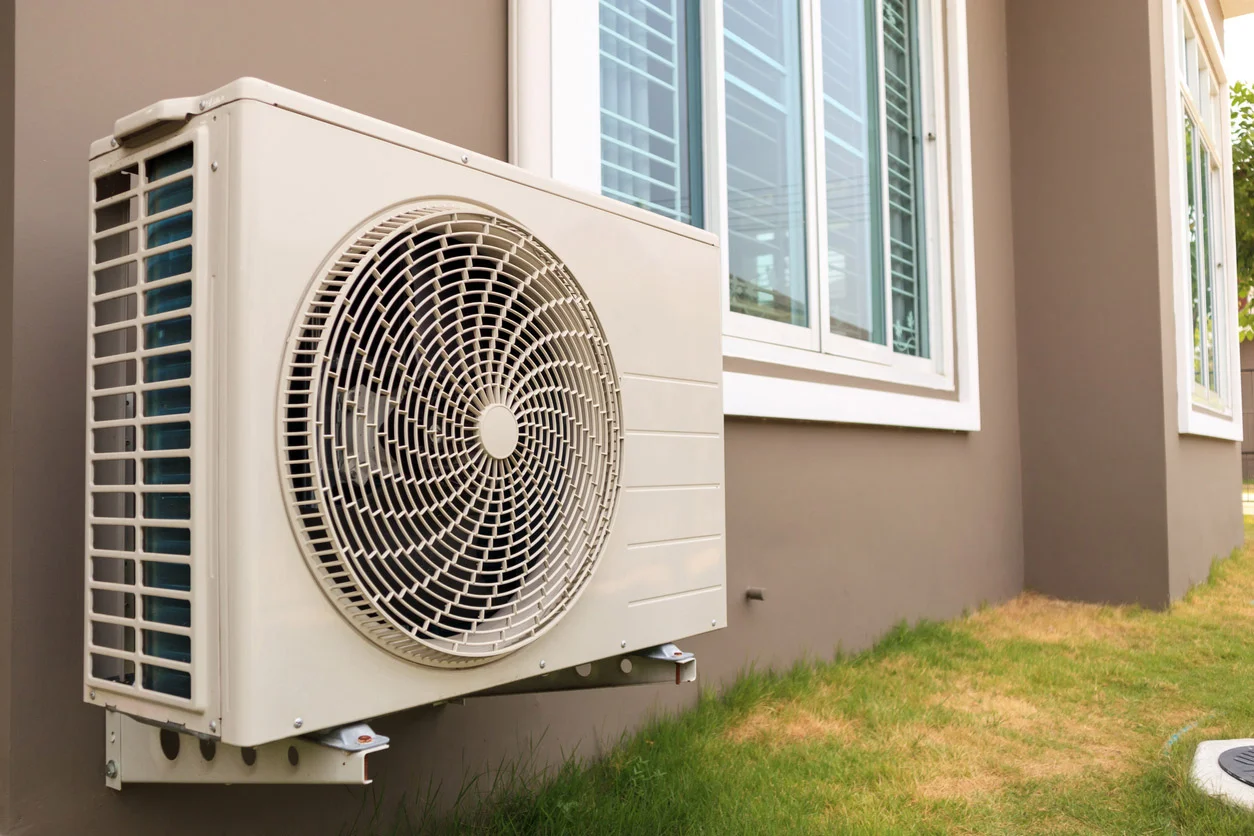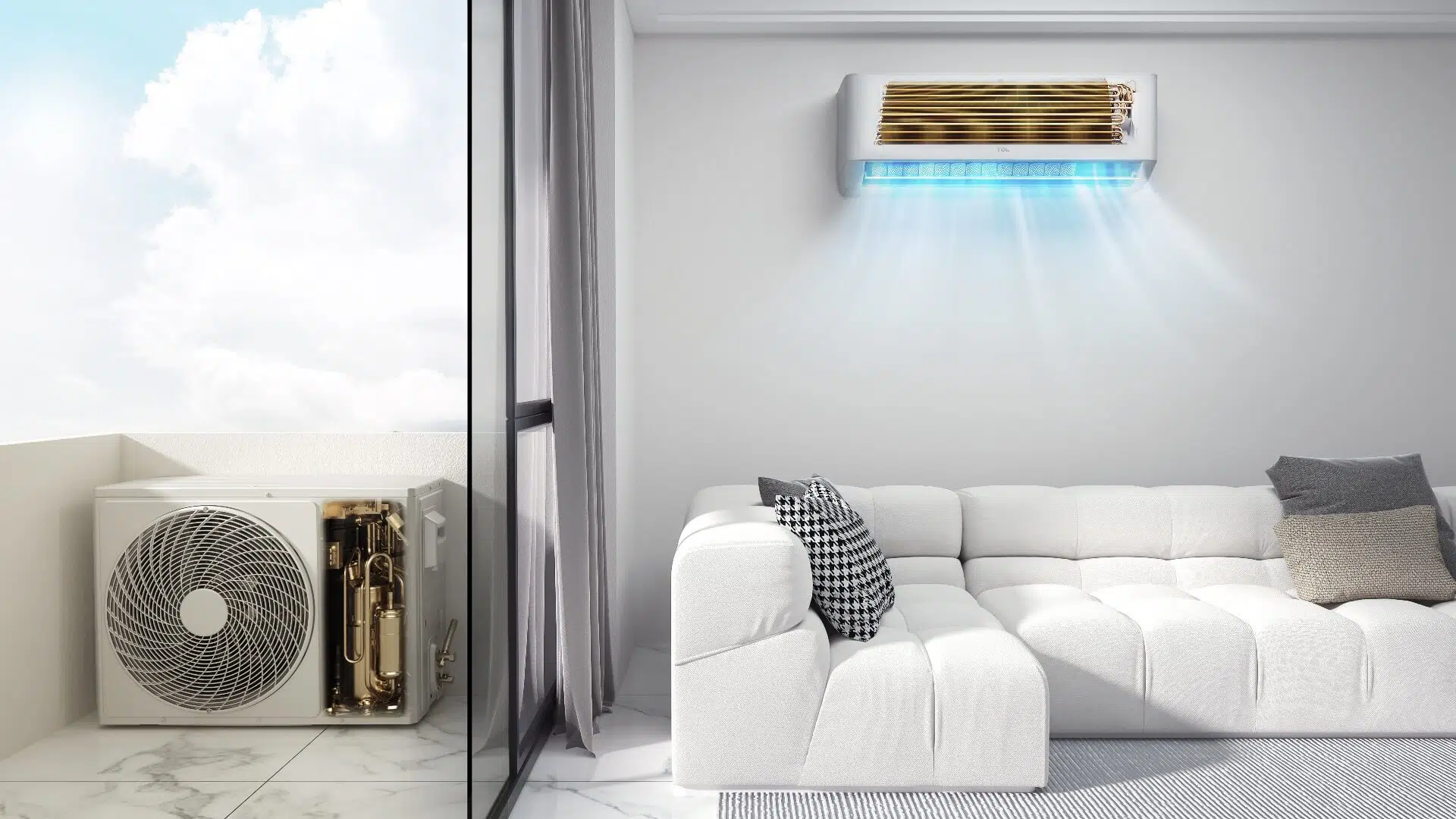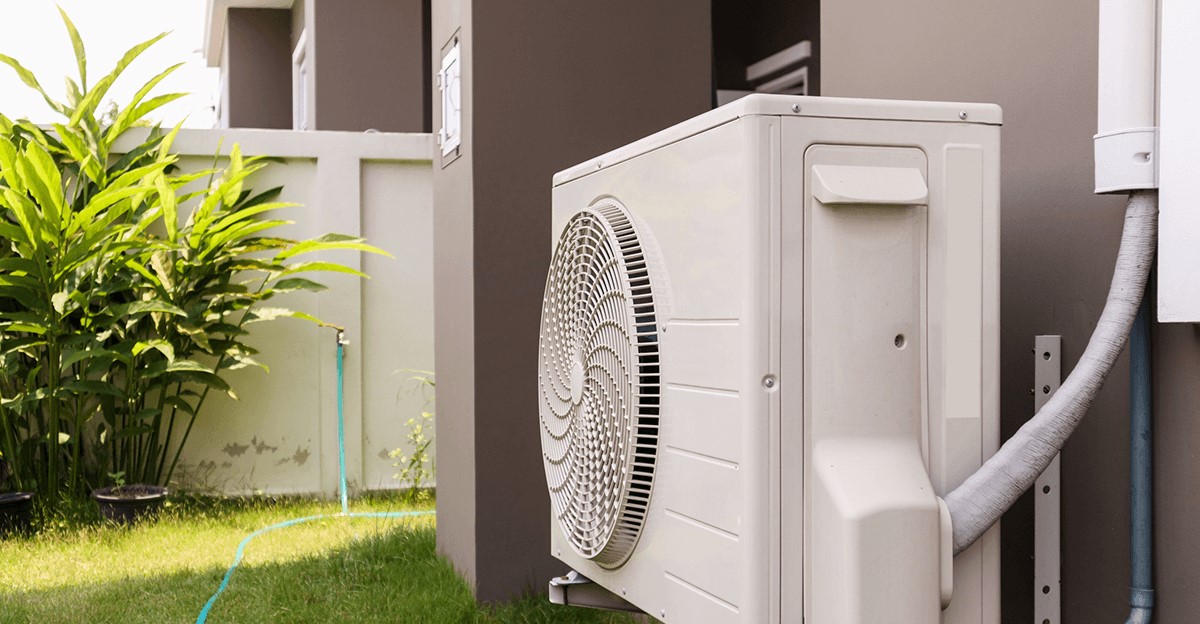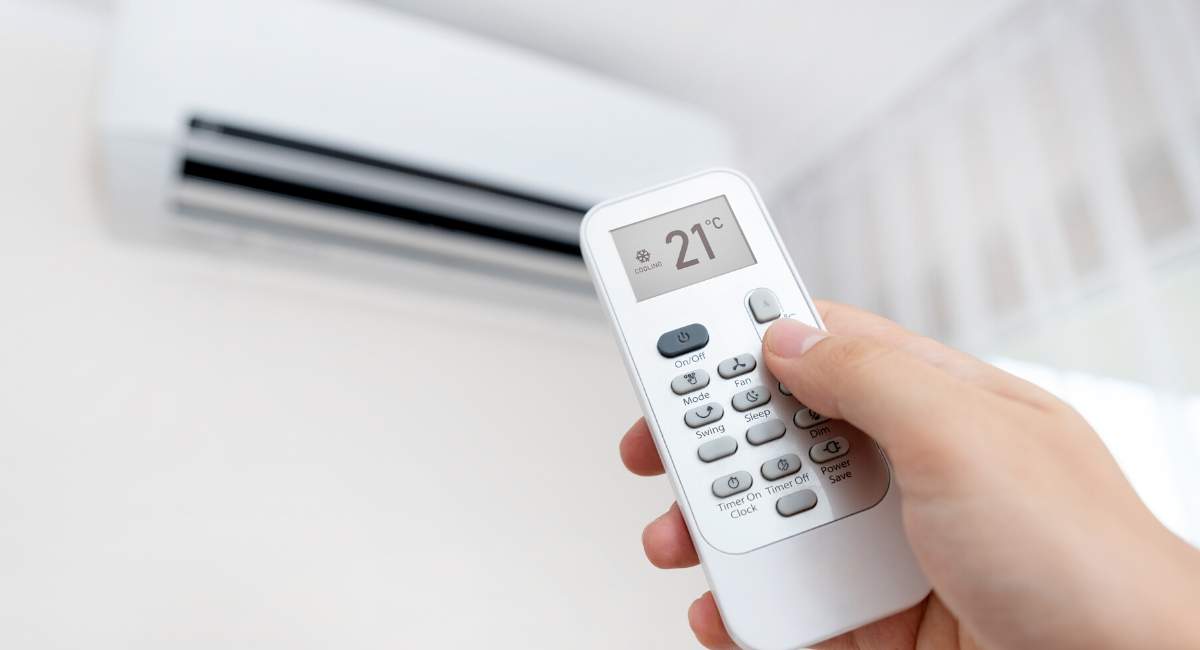Home>Home Maintenance>What Does The Dry Setting Mean On An Air Conditioner
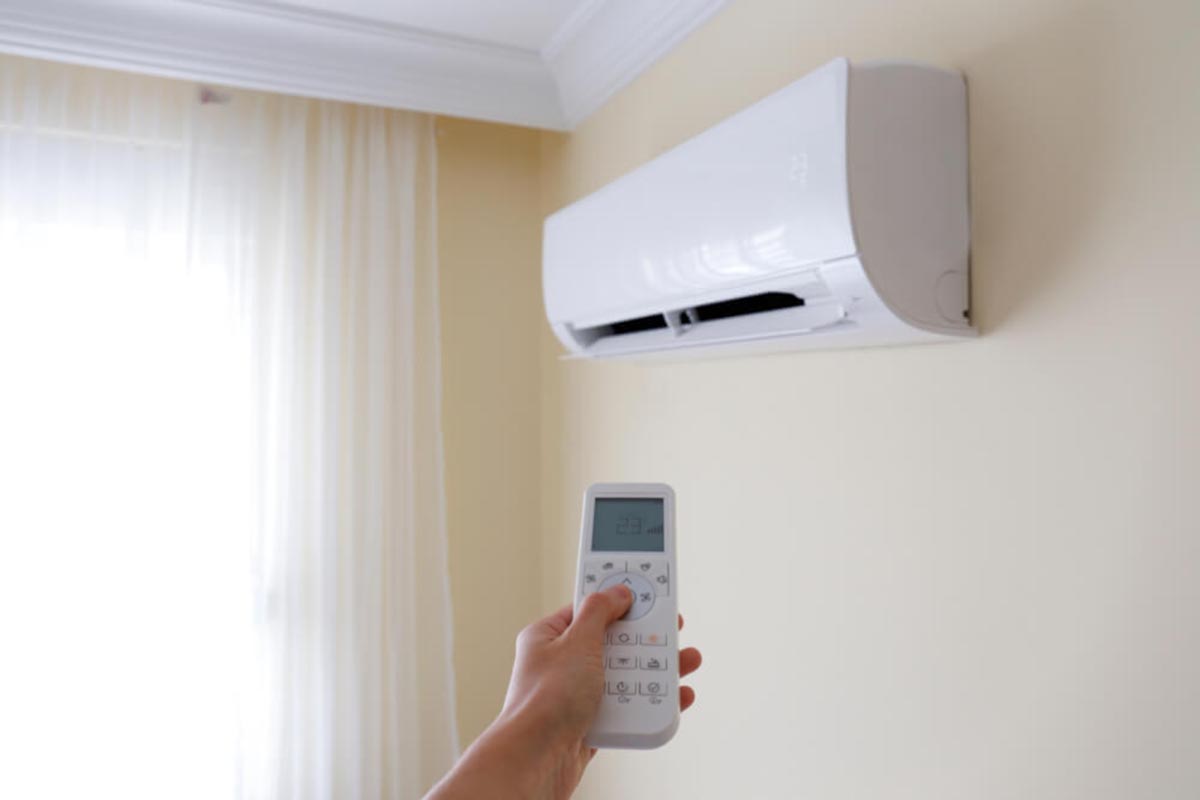

Home Maintenance
What Does The Dry Setting Mean On An Air Conditioner
Modified: October 20, 2024
Learn what the "dry" setting on an air conditioner means and how it can help with home maintenance.
(Many of the links in this article redirect to a specific reviewed product. Your purchase of these products through affiliate links helps to generate commission for Storables.com, at no extra cost. Learn more)
Introduction
Welcome to our comprehensive guide on understanding the “dry” setting on your air conditioner. As temperatures rise, many homeowners rely on their air conditioning units to keep their homes cool and comfortable. However, not everyone is familiar with all the settings and functions that an air conditioner offers, including the “dry” setting.
The “dry” setting is typically found on modern air conditioners and serves a specific purpose beyond just cooling the air. Understanding how this setting works and when to use it can help you optimize your air conditioner’s performance and improve indoor air quality. In this article, we will provide an overview of air conditioners, delve into the details of the dry setting, explore its benefits and limitations, and share valuable tips for using it efficiently.
Whether you’re a new homeowner or a seasoned DIY enthusiast, this article will equip you with the knowledge to make the most out of your air conditioner and maintain a comfortable living environment. So, let’s dive into the world of air conditioners and explore the intriguing dry setting!
Key Takeaways:
- The “dry” setting on an air conditioner removes excess moisture from the air, creating a more comfortable indoor environment with reduced humidity levels, preventing mold growth and improving air quality.
- To use the “dry” setting efficiently, set the ideal humidity level, close windows and doors, maintain proper insulation, and consider using a standalone dehumidifier in extreme humidity conditions.
Read more: What Does Fl Mean On An Air Conditioner
Overview of Air Conditioners
Before we delve into the specifics of the “dry” setting, it’s essential to have a basic understanding of how air conditioners function. Air conditioners are an integral part of modern homes, providing a comfortable indoor environment during hot summer months.
An air conditioner works by circulating refrigerant through a series of components to remove heat from the air and lower the temperature inside a room or building. The main components of an air conditioner include a compressor, condenser, expansion valve, and evaporator. These components work together to cool the air and regulate the humidity level.
When you turn on your air conditioner, the compressor pressurizes the refrigerant gas, turning it into a high-pressure, high-temperature vapor. This vapor then travels to the condenser, where it releases heat to the surrounding environment, allowing the refrigerant to condense into a liquid state.
The liquid refrigerant, now at high pressure, flows through the expansion valve, which reduces its pressure and temperature. As the refrigerant passes through the evaporator, it absorbs heat from the indoor air, causing the air to cool down. The cooled air is then circulated back into the room, while the warm refrigerant vapor travels back to the compressor to repeat the cycle.
In addition to cooling the air, air conditioners also play a crucial role in regulating humidity levels. As air passes over the evaporator coil, moisture in the air condenses on the coil’s surface and drips into a condensate pan. This process helps to remove excess moisture from the air, reducing humidity levels and creating a more comfortable environment.
Now that we have a basic understanding of how air conditioners work, let’s explore the “dry” setting in more detail.
Understanding the Dry Setting
The “dry” setting on an air conditioner is designed to reduce humidity levels in the room without significantly lowering the temperature. Unlike the traditional cooling mode, where the air conditioner cools the air by reducing both temperature and humidity, the dry setting focuses primarily on dehumidifying the air.
High humidity levels can make the air feel heavy and uncomfortable, causing a variety of issues such as mold growth, musty odors, and even damage to furniture and electronics. By utilizing the dry setting, you can effectively remove excess moisture from the air, creating a more pleasant and healthy indoor environment.
When you activate the dry setting, the air conditioner runs the fan at a slower speed compared to the cooling mode. This allows more contact time between the air and the evaporator coils, promoting condensation and moisture removal from the air. As a result, the air feels less humid, even though there might not be a significant drop in temperature.
It’s important to note that the effectiveness of the dry setting may vary depending on the humidity level and the size of the room. In extremely humid conditions, the air conditioner may run longer or require additional support, such as a dehumidifier, to achieve desired results. Additionally, the dry setting is most effective in enclosed spaces, such as bedrooms, living rooms, or small offices, where the air conditioner can efficiently circulate and dehumidify the air.
Now that we understand how the dry setting works, let’s explore its benefits and limitations.
How Does the Dry Setting Work?
The dry setting on an air conditioner operates by modifying the cooling process to focus on dehumidifying the air. While traditional cooling mode works by lowering both temperature and humidity, the dry setting prioritizes removing moisture from the air without significantly affecting the temperature.
When you activate the dry setting, the air conditioner adjusts its operation to achieve optimal dehumidification. Here’s a step-by-step breakdown of how the dry setting works:
- Lower Fan Speed: The air conditioner reduces the fan speed compared to the cooling mode. This slower speed allows more contact time between the air and the evaporator coils, maximizing moisture removal.
- Extended Run Time: The air conditioner may run for longer periods in the dry setting. This extended run time ensures that the air passes through the evaporator coils multiple times, optimizing the dehumidification process.
- Adjustment of Temperature Set Point: In some air conditioners, activating the dry setting may automatically adjust the temperature set point a few degrees higher to conserve energy. This means that the air conditioner will not work as hard to cool the air, focusing more on removing moisture.
- Condensation Drainage: As the air passes over the cold evaporator coils, moisture in the air condenses and collects on the coils. The condensed water drips into a condensate pan and drains out of the unit through a designated drainage system.
These adjustments in operation help the air conditioner effectively remove excess moisture from the air without drastically dropping the temperature. The result is a more comfortable indoor environment with reduced humidity levels.
It’s worth noting that the effectiveness of the dry setting can vary depending on factors such as the humidity level, room size, insulation, and air circulation in the space. In highly humid conditions or larger rooms, additional dehumidification measures like using a standalone dehumidifier may be necessary to achieve desired results.
Now that we understand how the dry setting works, let’s explore its benefits and limitations.
The “dry” setting on an air conditioner helps to reduce humidity in the air without significantly cooling the room. It’s useful for muggy days when you want to feel more comfortable without making the room too cold.
Benefits of Using the Dry Setting
The dry setting on an air conditioner offers several benefits that can enhance your indoor comfort and improve the overall quality of your living space. Here are some advantages of using the dry setting:
- Reduced Humidity: The primary benefit of the dry setting is its ability to effectively remove excess moisture from the air. By reducing humidity levels, you can create a more comfortable living environment with air that feels less sticky and heavy.
- Prevents Mold and Mildew: High humidity environments are breeding grounds for mold and mildew growth. Using the dry setting helps to control moisture levels and inhibit the growth of these harmful microorganisms, preventing potential health issues and damage to your property.
- Improves Indoor Air Quality: Excessive moisture in the air can lead to the accumulation of allergens, dust mites, and other pollutants. By dehumidifying the air, the dry setting helps to reduce these contaminants, promoting cleaner and healthier indoor air.
- Energy Efficiency: The dry setting typically consumes less energy compared to the traditional cooling mode. Since it focuses primarily on dehumidification rather than temperature reduction, the air conditioner operates at a lower power level, resulting in energy savings and lower utility bills.
- Enhanced Cooling Performance: By removing excess moisture from the air, the dry setting can actually enhance the overall cooling performance of your air conditioner. With reduced humidity, the air feels cooler and more comfortable, even if the temperature doesn’t drop significantly.
- Prevents Condensation: Uncontrolled humidity can lead to condensation on windows, walls, and other surfaces. This can cause water damage, discoloration, and even promote the growth of mold. Using the dry setting helps to prevent excessive condensation, protecting your home from potential damage.
Overall, the dry setting can significantly improve your indoor environment by reducing humidity, preventing mold growth, enhancing air quality, and conserving energy. It’s a valuable feature to optimize the performance of your air conditioner and create a more comfortable living space.
Now let’s explore the limitations of the dry setting to have a more complete understanding.
Read more: What Does “Auto” Mean On An Air Conditioner
Limitations of the Dry Setting
While the dry setting on an air conditioner offers numerous benefits, it’s important to be aware of its limitations to ensure optimal usage and satisfaction. Here are some limitations to consider:
- Minimal Temperature Drop: Unlike the cooling mode, the dry setting focuses primarily on removing moisture from the air and may not provide a significant temperature drop. If you’re looking for rapid cooling, the dry setting might not be the most suitable option.
- Varied Effectiveness: The effectiveness of the dry setting can vary depending on the current humidity level and the size of the room. In extremely humid conditions or larger spaces, the air conditioner may run longer or require additional dehumidification methods to achieve desired results.
- Limited Cooling Power: Due to its focus on dehumidification, the dry setting may not provide the same level of cooling power as the traditional cooling mode. If you require substantial cooling, using the cooling mode might be more effective.
- Room Insulation: The efficiency of the dry setting can be impacted by the insulation of your room. Poor insulation can allow humidity to seep in from the outside, reducing the effectiveness of the dehumidification process. Ensure proper insulation to maximize the benefits of the dry setting.
- Not Suitable for Extremely Dry Climates: In regions with naturally low humidity levels, using the dry setting may not be necessary or beneficial. It’s important to consider the climate you live in and determine if the dry setting will address your specific needs.
While the limitations of the dry setting should be taken into account, they are outweighed by the benefits it provides in terms of improved indoor air quality, reduced humidity, and energy efficiency. Understanding these limitations can help you make informed decisions when using the dry setting.
Now, let’s move on to some tips for using the dry setting efficiently.
Tips for Using the Dry Setting Efficiently
To make the most out of the dry setting on your air conditioner and ensure efficient operation, follow these useful tips:
- Set the Ideal Humidity Level: Most air conditioners allow you to adjust the desired humidity level when using the dry setting. Aim for a humidity level between 40-50% for optimal comfort and to prevent excessive moisture.
- Close Windows and Doors: To maximize dehumidification, ensure that all windows and doors are closed while using the dry setting. This will prevent humid outdoor air from entering and interfering with the dehumidification process.
- Use Ceiling Fans: Supplement the dehumidifying effect of the air conditioner by using ceiling fans or portable fans. Fans help to improve air circulation, making the air feel cooler and aiding in moisture evaporation.
- Maintain Proper Insulation: Ensure that your room is properly insulated to prevent humidity from seeping in and affecting the dehumidification process. Proper insulation will help the dry setting operate more efficiently.
- Regular Maintenance: Keep your air conditioner clean and well-maintained to ensure optimal performance. Regularly clean or replace air filters, inspect the condensate drain, and schedule professional maintenance to keep the unit functioning efficiently.
- Combine with a Dehumidifier: If you live in an extremely humid climate or have larger rooms, using a standalone dehumidifier alongside the dry setting can enhance dehumidification and provide better results.
- Adjust Temperature Settings: In some cases, it may be beneficial to adjust the temperature settings while using the dry setting. Experiment with slightly higher temperature settings to strike a balance between comfort and dehumidification.
By implementing these tips, you can maximize the efficiency of the dry setting and create a more comfortable indoor environment with reduced humidity levels. Remember to adapt these tips based on your specific needs and the conditions in your home.
Now, let’s summarize what we’ve learned about the dry setting on air conditioners.
Conclusion
In conclusion, the dry setting on an air conditioner plays a vital role in maintaining a comfortable and healthy indoor environment. By focusing on dehumidification, this setting effectively removes excess moisture from the air, reducing humidity levels and preventing issues such as mold growth and poor air quality.
We began by providing an overview of how air conditioners work, highlighting their function in not only cooling the air but also regulating humidity. From there, we explored the details of the dry setting, understanding how it operates and the benefits it offers.
The dry setting works by running the fan at a slower speed, allowing more contact time between the air and the evaporator coils. This results in the condensation of moisture from the air, creating a more comfortable and less humid indoor environment.
The benefits of using the dry setting include reduced humidity, prevention of mold growth, improved indoor air quality, energy efficiency, enhanced cooling performance, and the prevention of condensation-related damage. However, it is important to consider the limitations of the dry setting, such as minimal temperature drop and its effectiveness in different room sizes and climates.
To use the dry setting efficiently, we provided several tips, including setting the ideal humidity level, closing windows and doors, utilizing fans, maintaining proper insulation, performing regular maintenance, and considering the use of a standalone dehumidifier in extreme humidity conditions.
Incorporating these tips and understanding the capabilities and limitations of the dry setting will help you optimize the performance of your air conditioner and maintain a comfortable indoor environment.
We hope this comprehensive guide has provided you with valuable insights into the dry setting on air conditioners. By utilizing this knowledge, you can make informed decisions and fully utilize the capabilities of your air conditioner for a more enjoyable and comfortable living space.
Frequently Asked Questions about What Does The Dry Setting Mean On An Air Conditioner
Was this page helpful?
At Storables.com, we guarantee accurate and reliable information. Our content, validated by Expert Board Contributors, is crafted following stringent Editorial Policies. We're committed to providing you with well-researched, expert-backed insights for all your informational needs.
